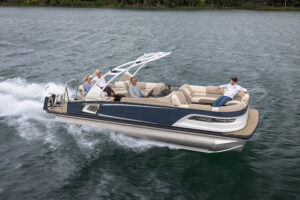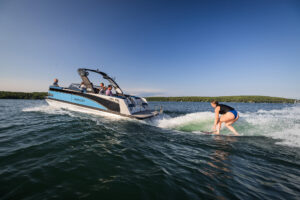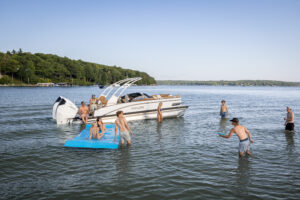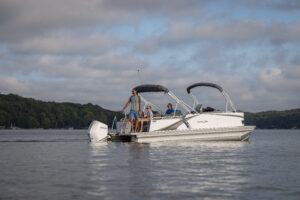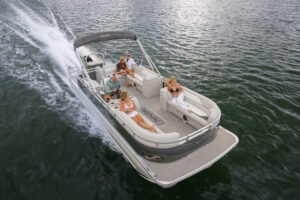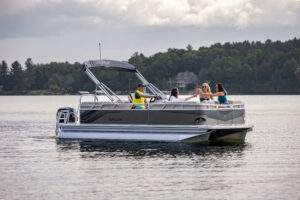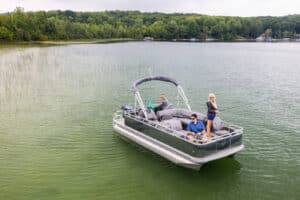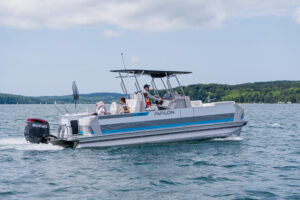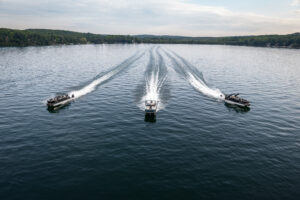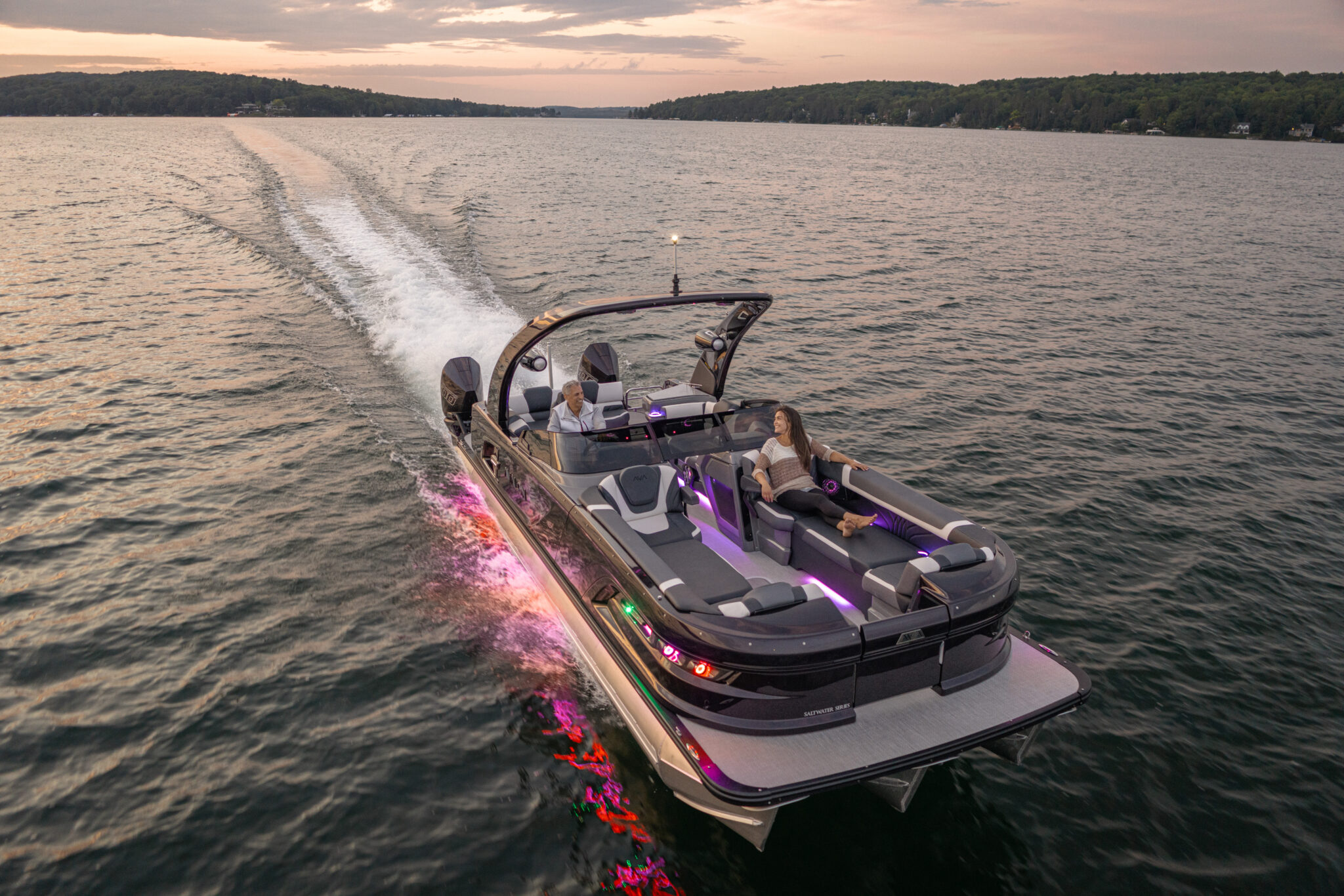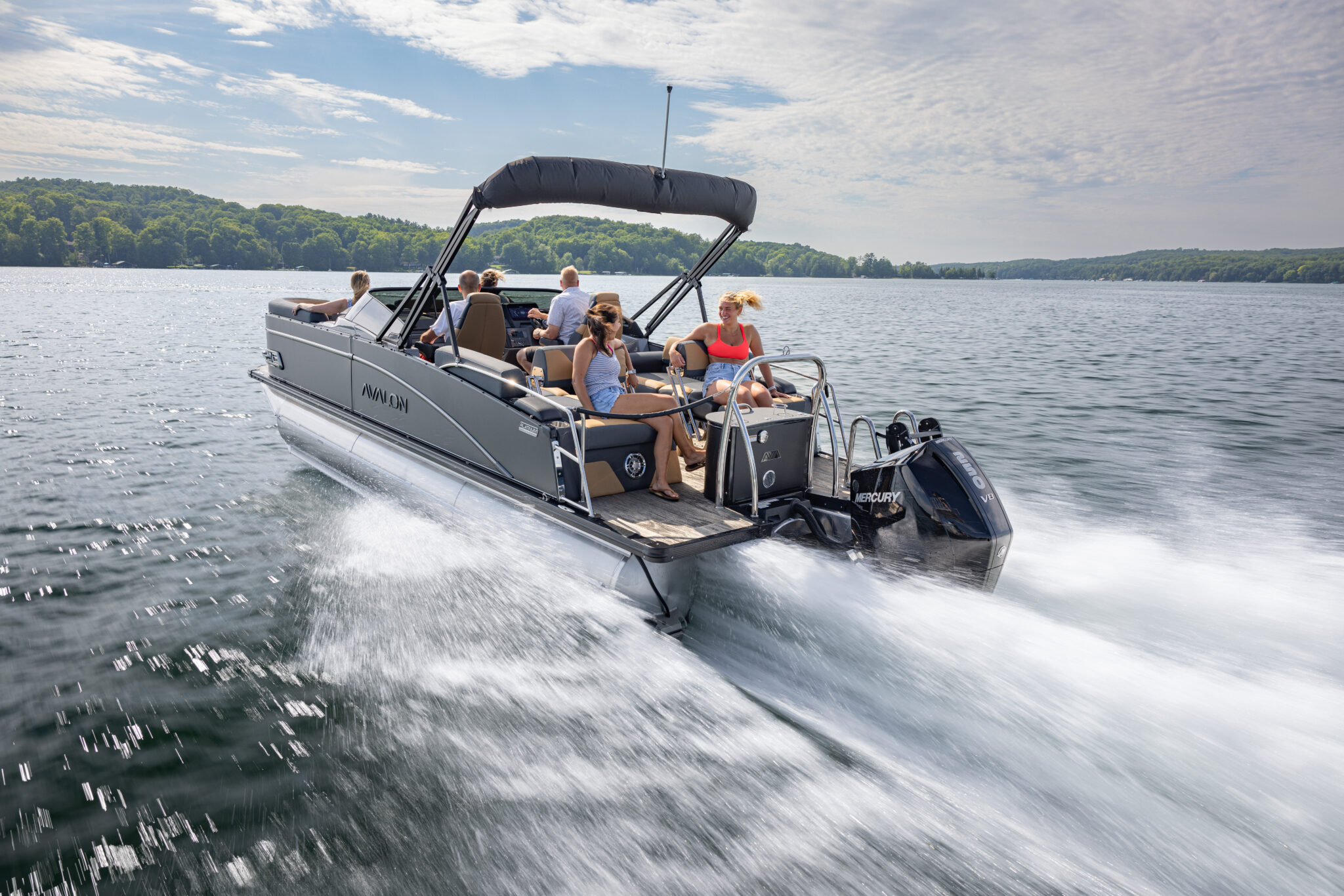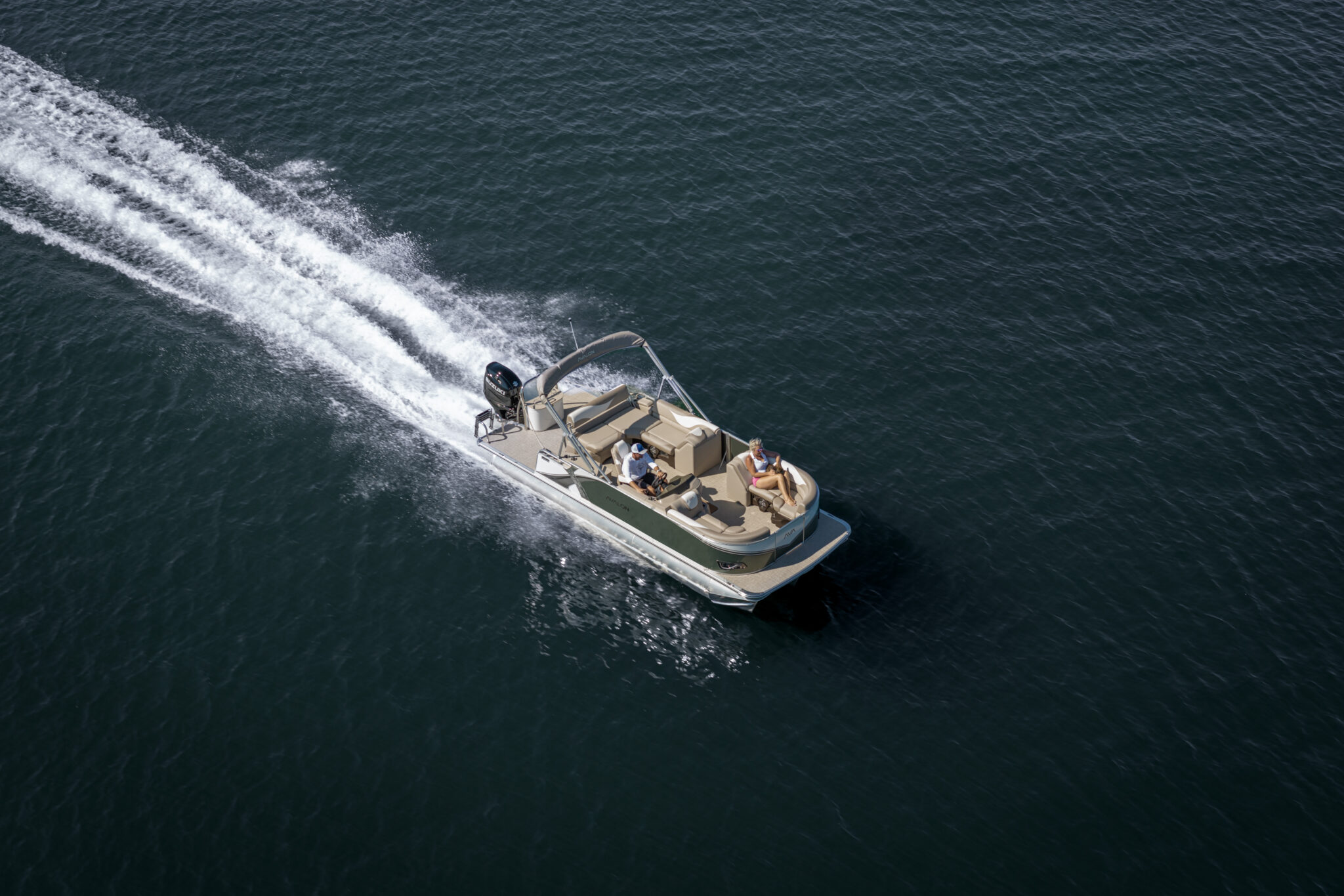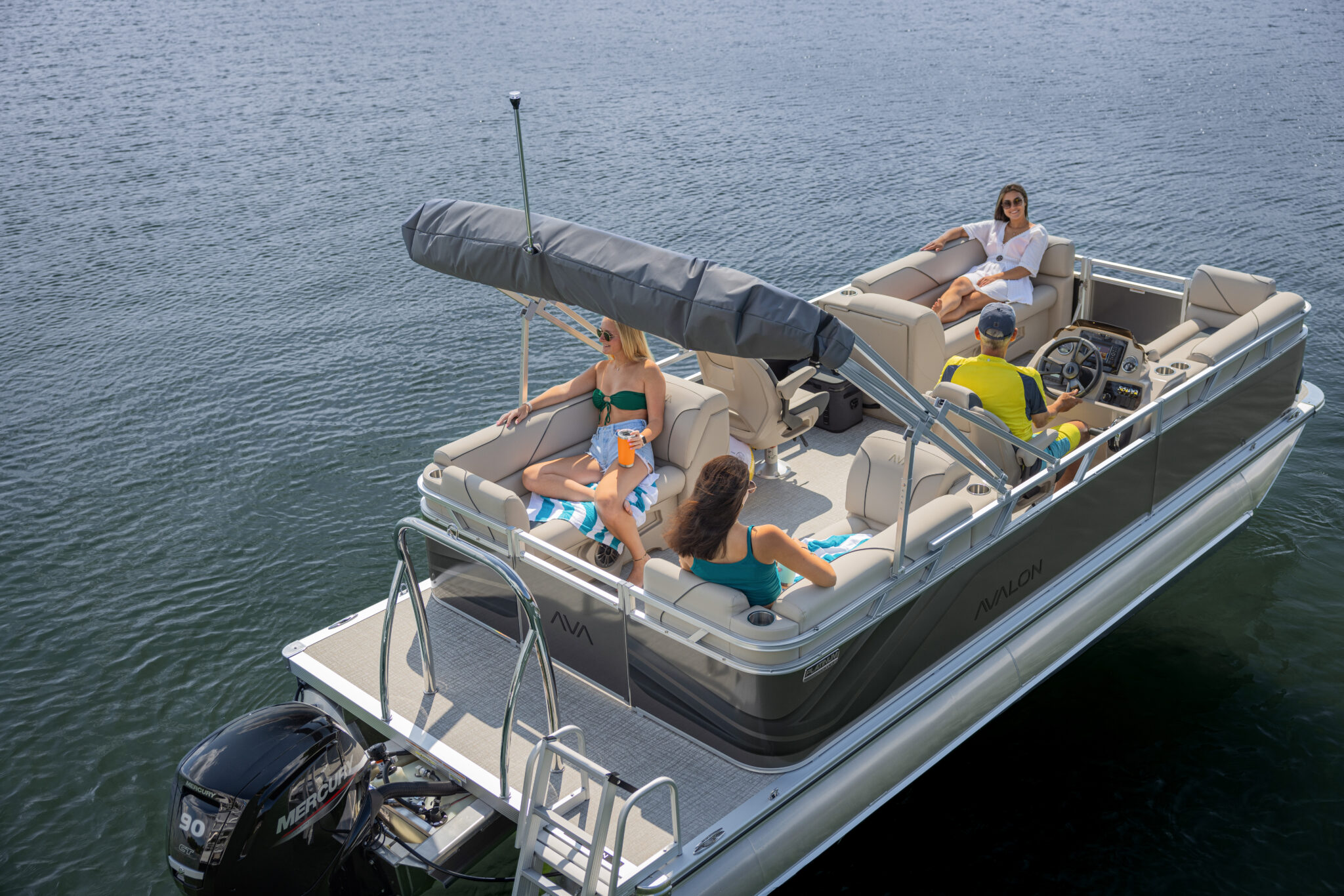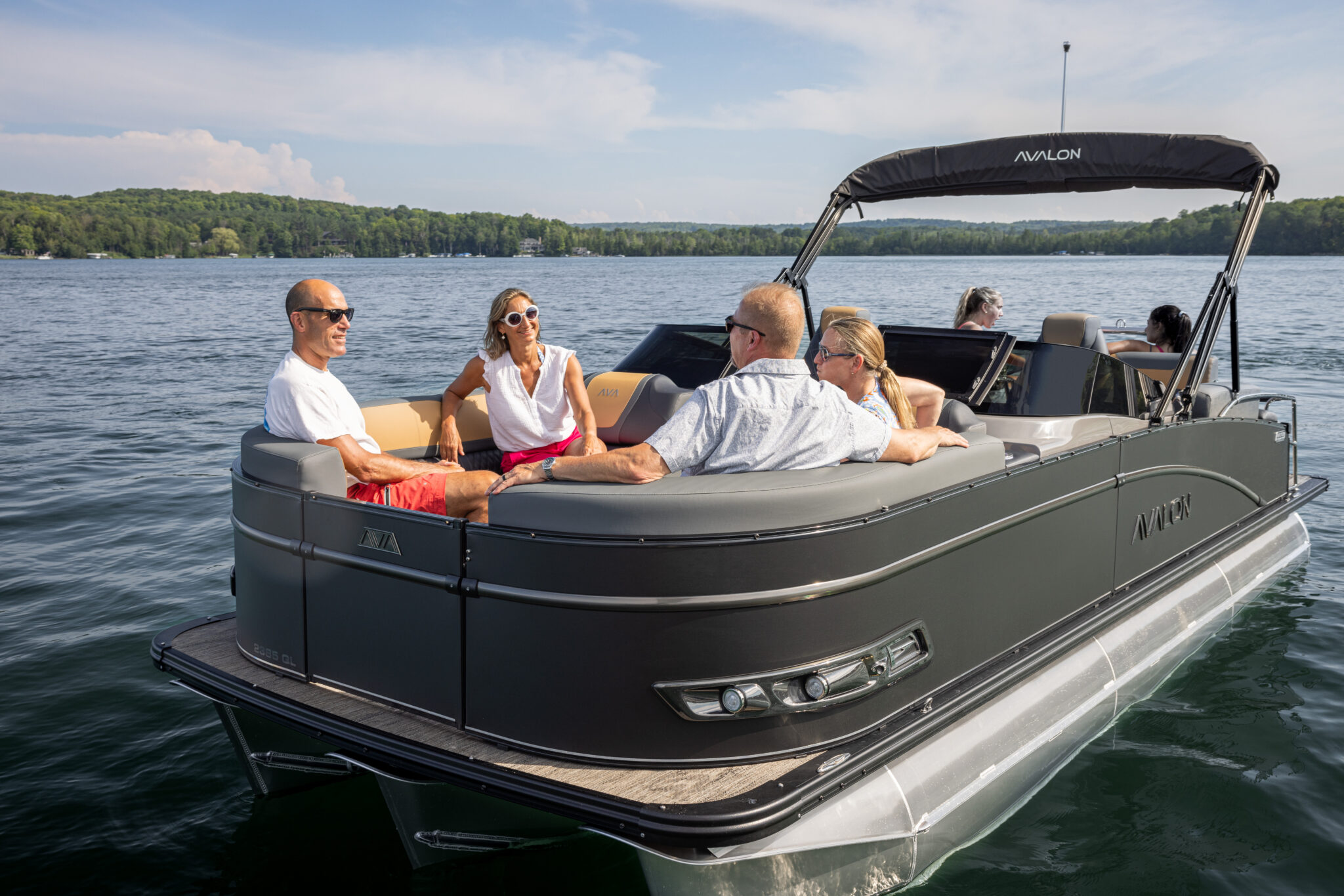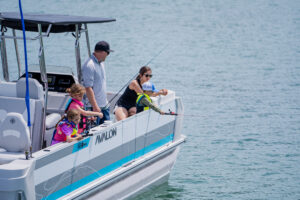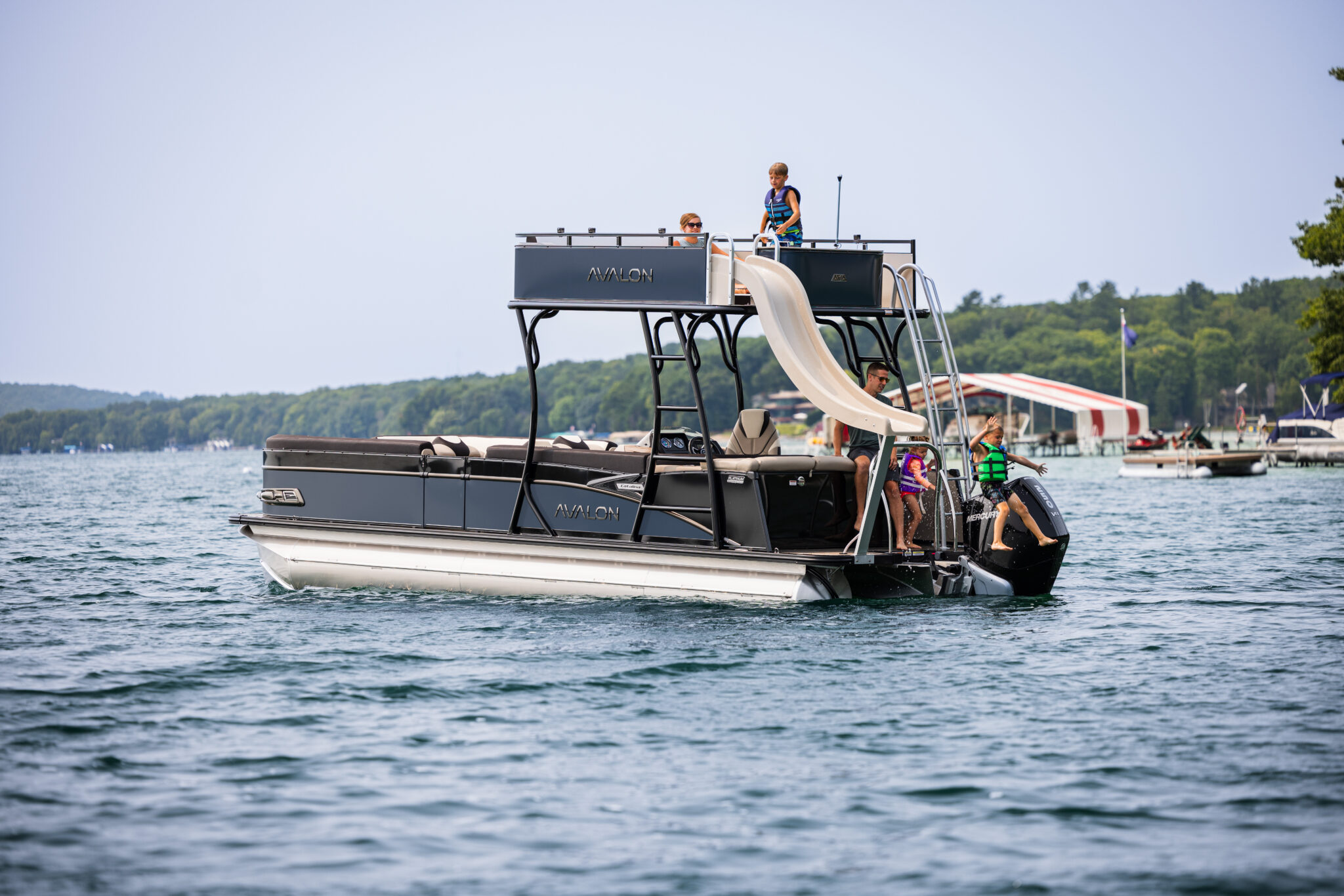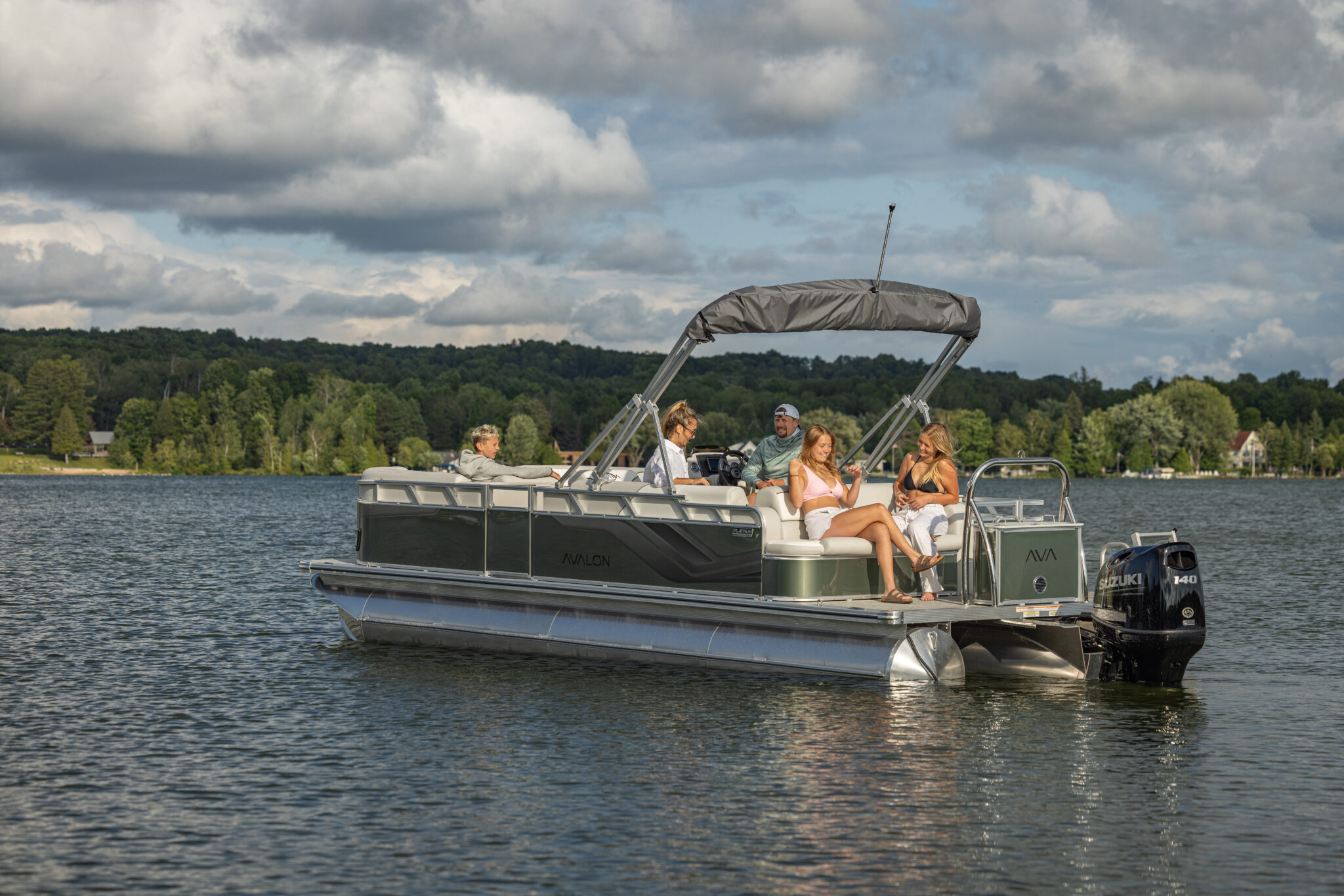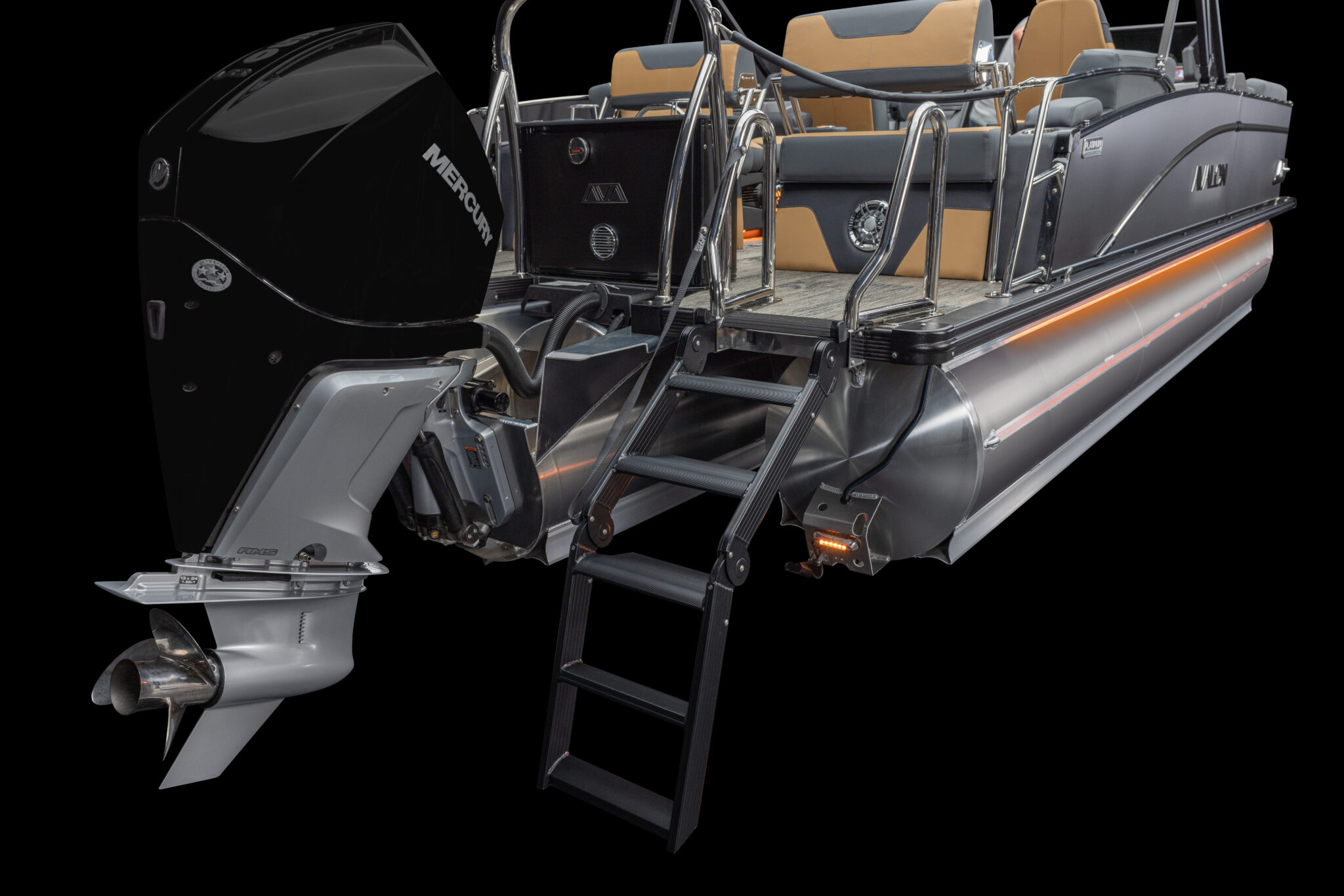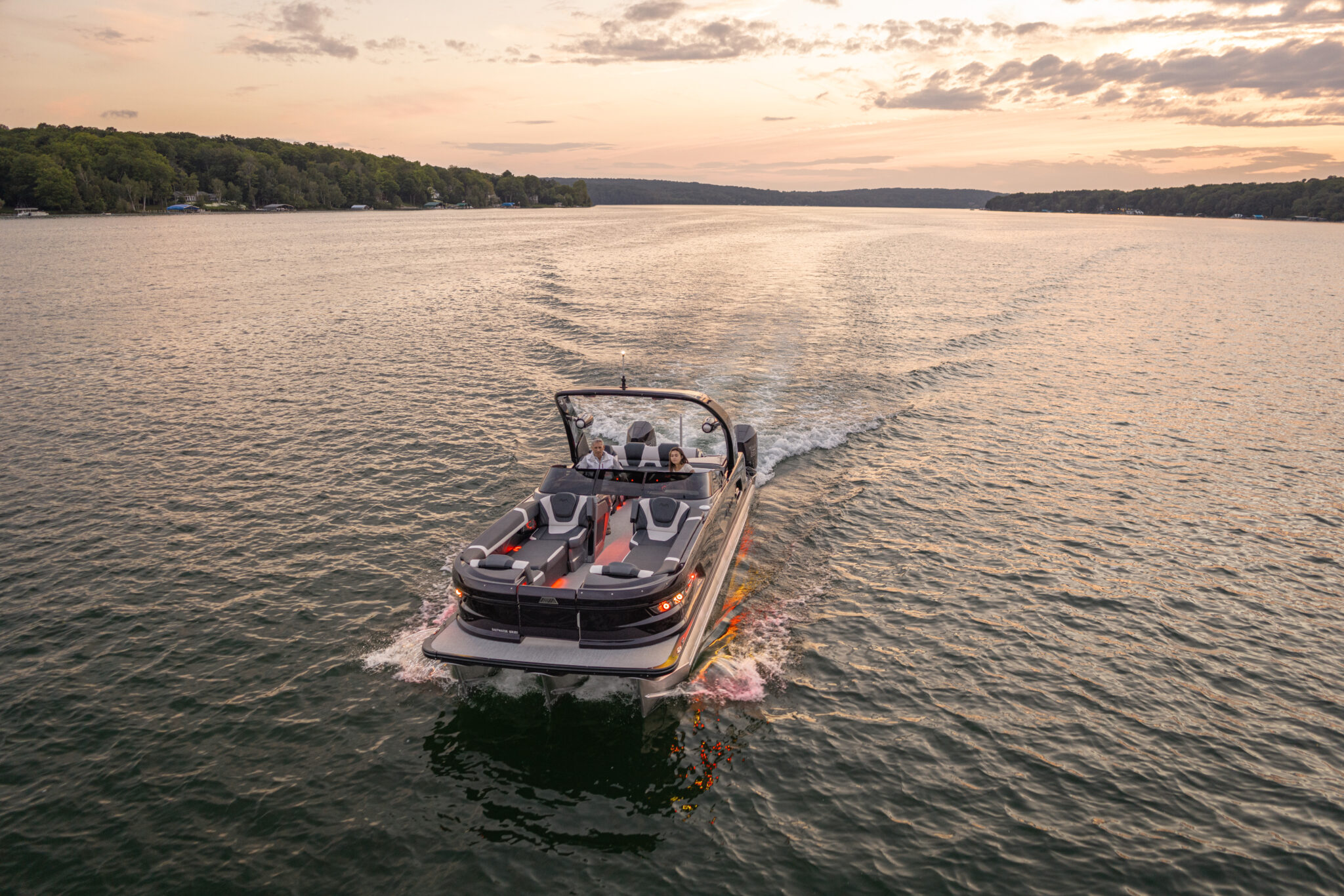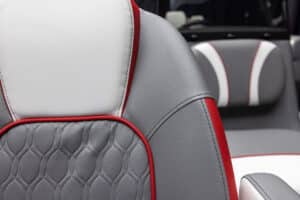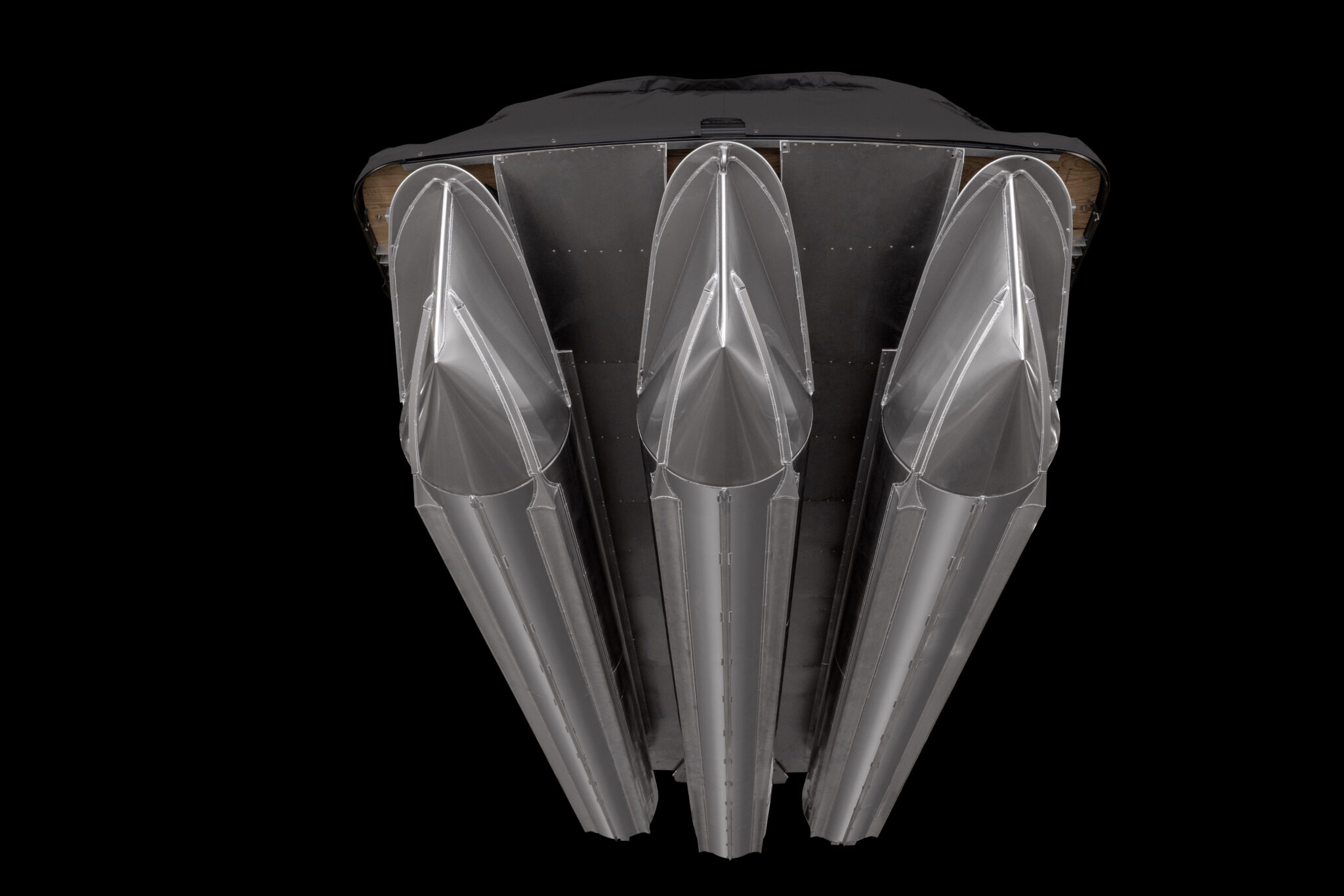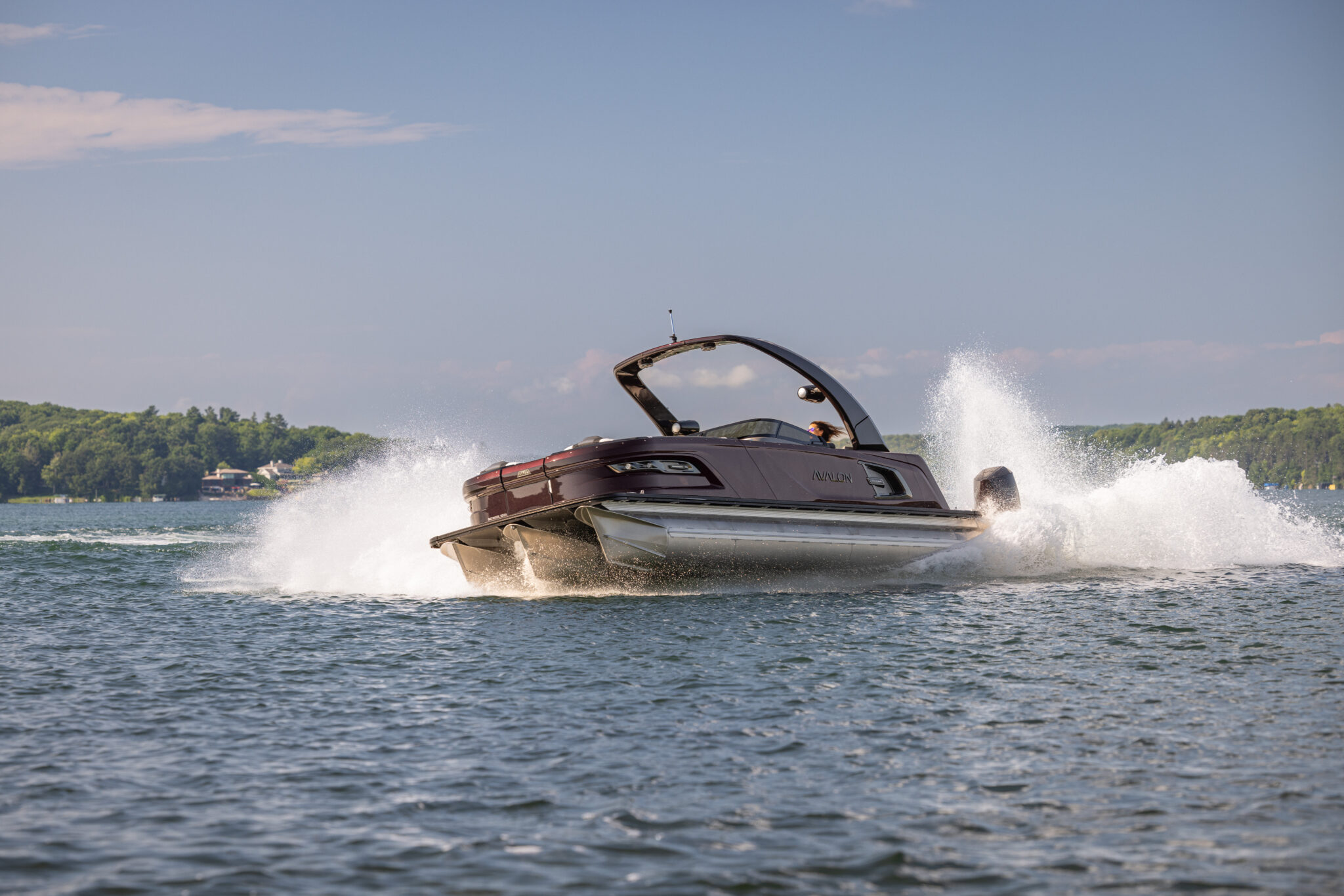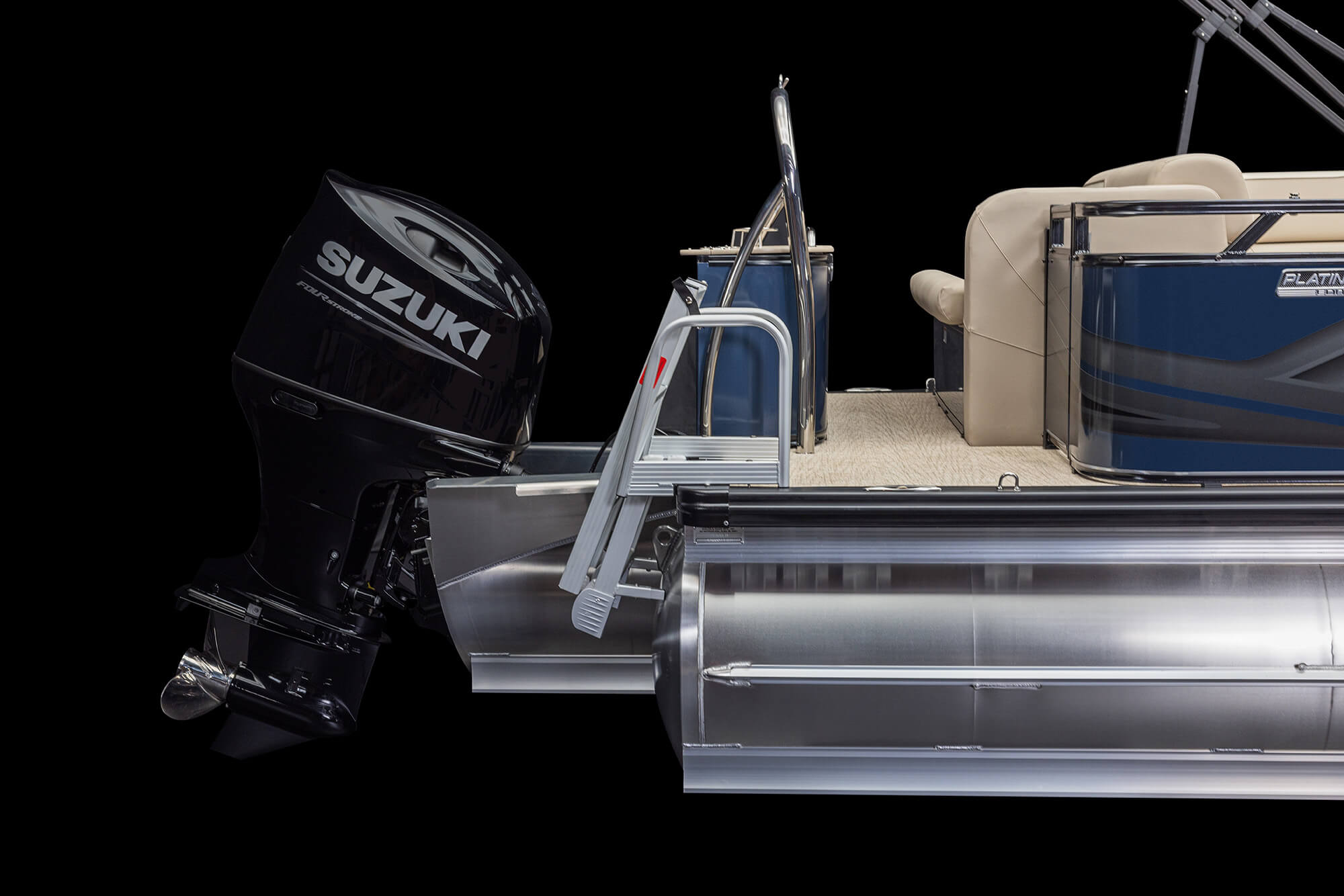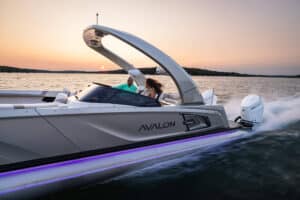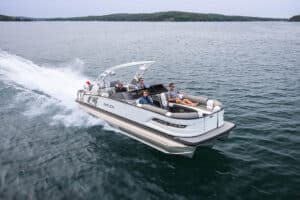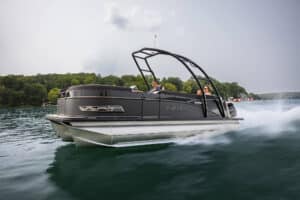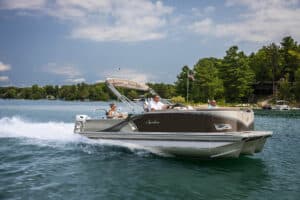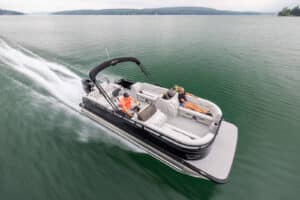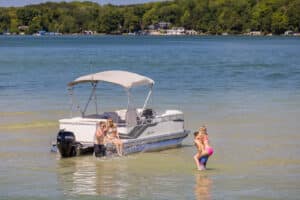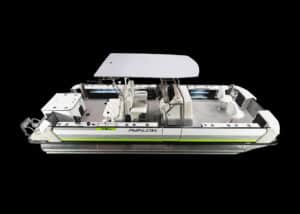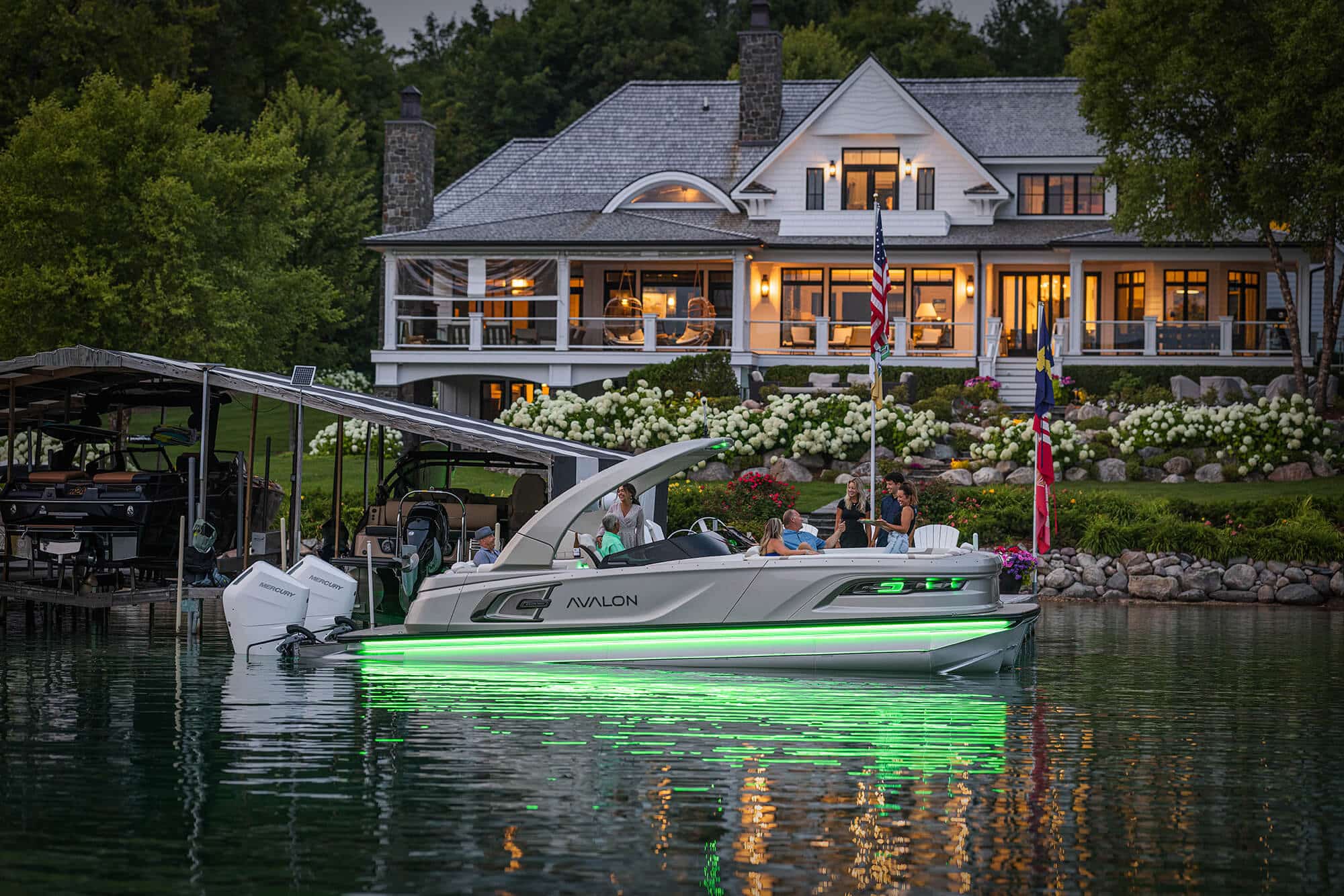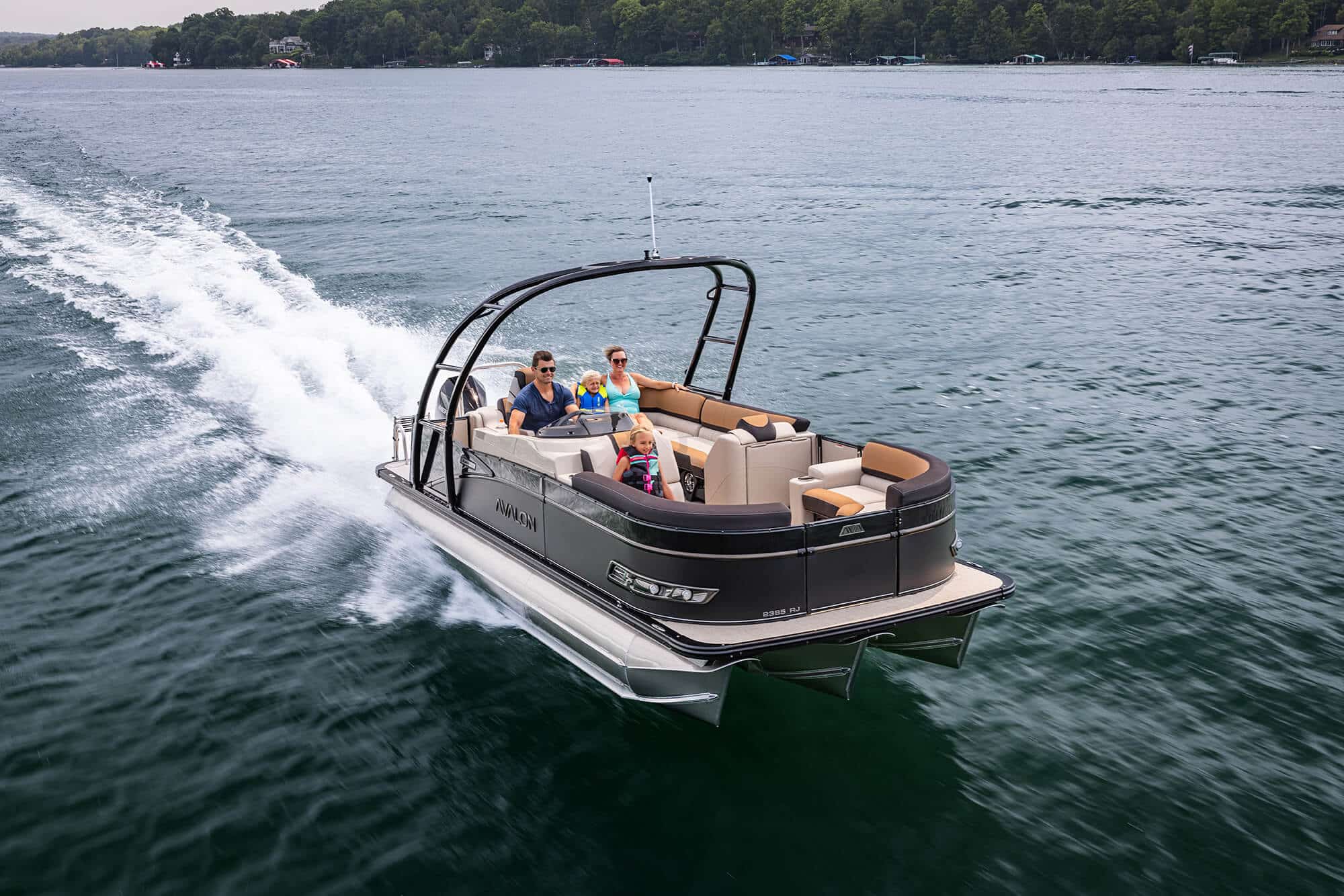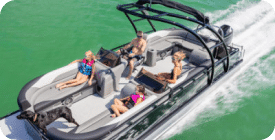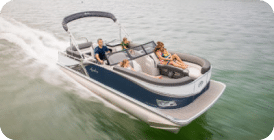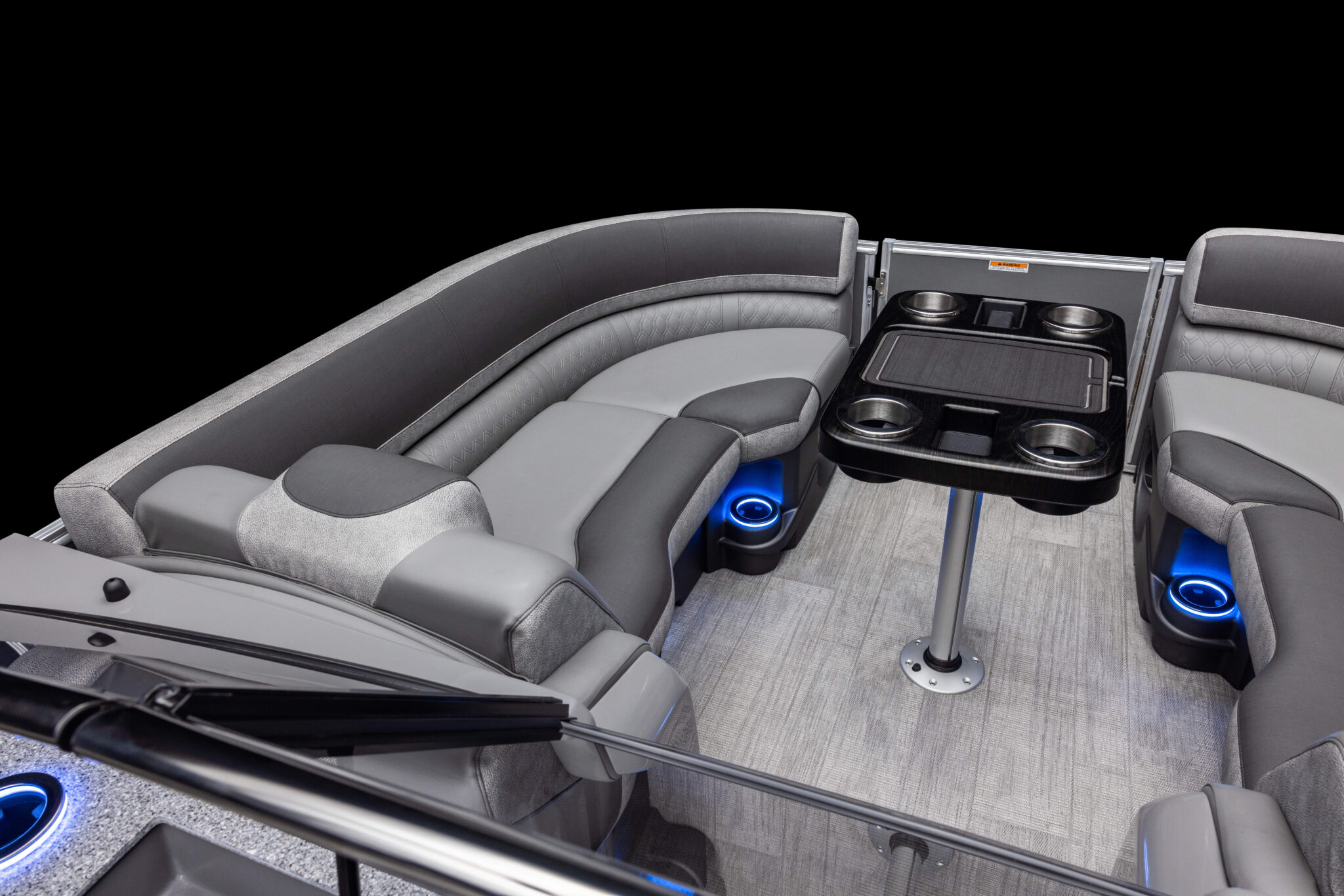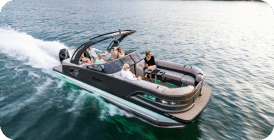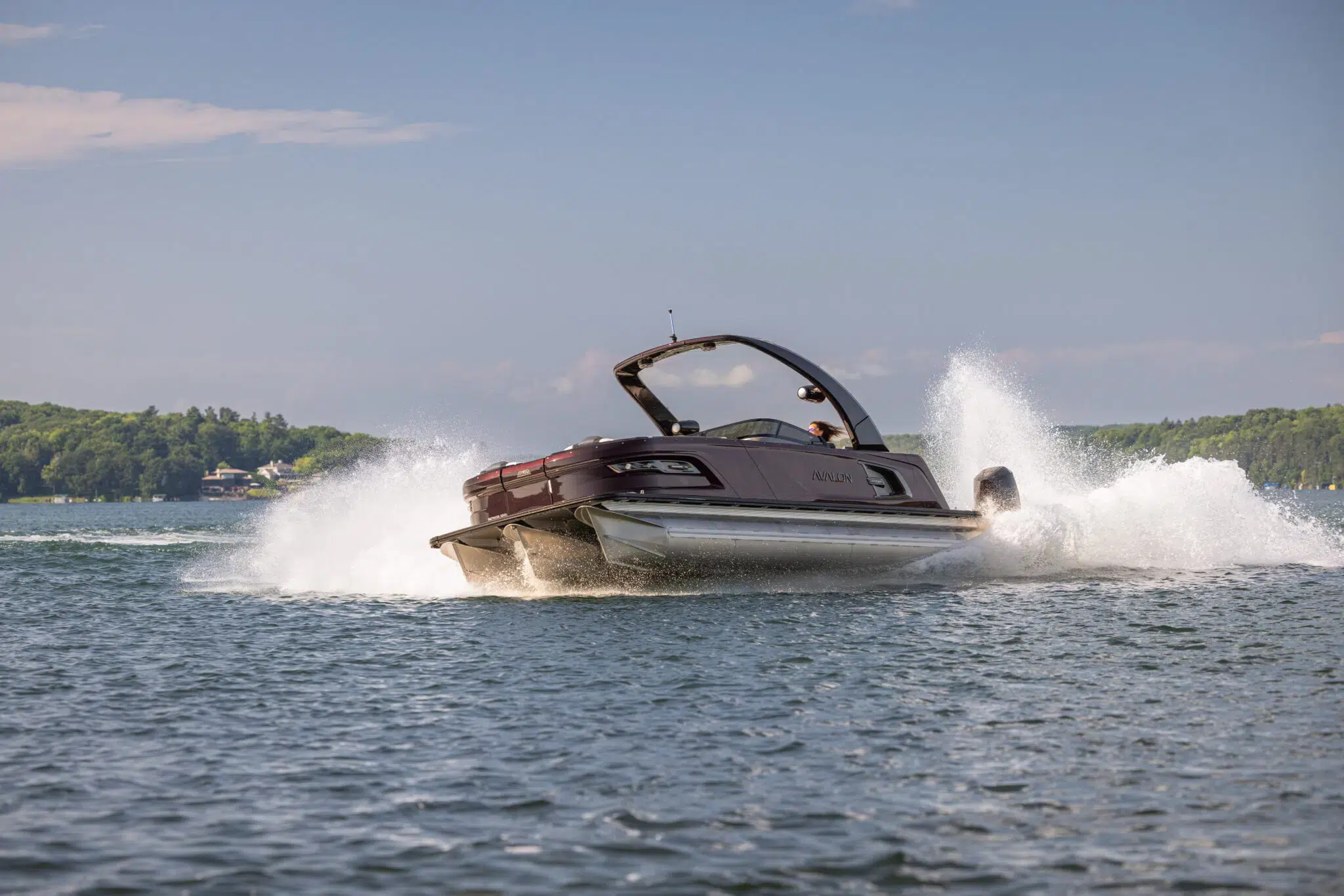How to De-Winterize a Pontoon Boat
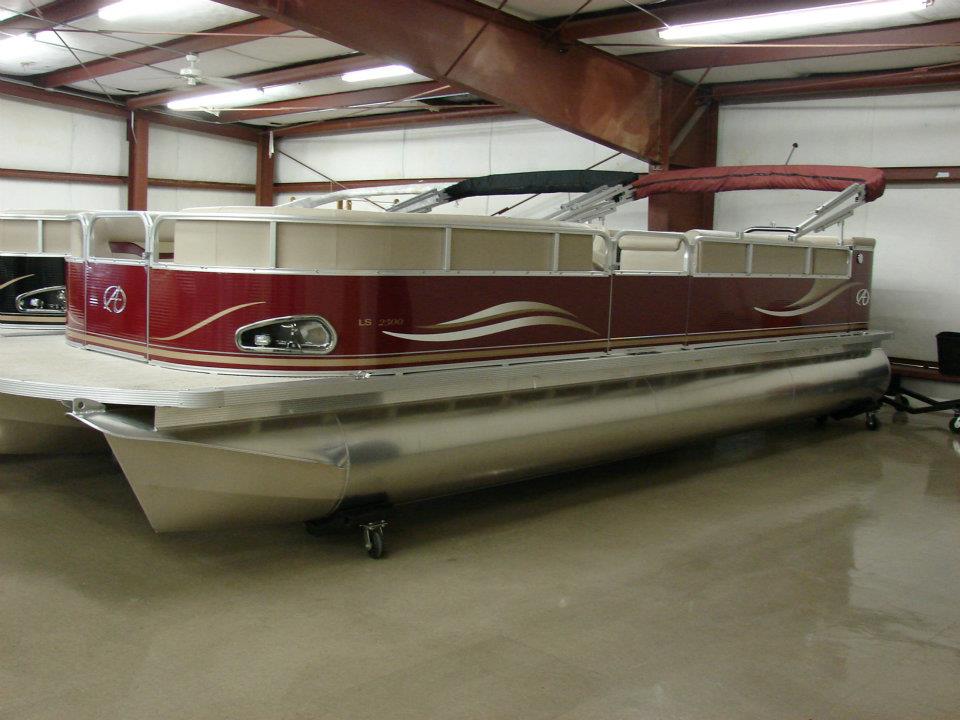
De-winterizing a pontoon boat can be accomplished in a few simple steps. Assuming that you took the time to properly winterize your pontoon boat, you will have saved yourself some trouble and aggravation when Spring comes. Here is a guide for getting your pontoon boat in top shape and ready for the water.
Take the Tarp Off
The first thing you should do is to take the tarp or cover off your pontoon boat. During the winter, it’s best to have some sort of covering to keep your boat clean. Otherwise, you might have to clean off the dust and grime that accumulated during the winter months.
Prepare the Engine
Re-connect the spark plug wires and flush the antifreeze out of the cooling system (inboard/outboard models only). Replace the antifreeze with a 50/50 mix of coolant and water.
Inspect the propeller for any dents or damage from the previous season that may hamper performance.
When you are ready to go, replace the battery and test the engine.
Check Water Pump and Thermostat
The water pump on the impeller needs to be replaced about every 200 hours. Since this item keeps water flowing down to cool your engine, be sure to replace it when it’s time to.
Also, be sure to replace the thermostat after 200 hours since it regulates the water temperature. If it’s working improperly, the engine might overheat.
Check Cables and Hoses
With time, cables and hoses will experience wear and tear, especially if they’re made of rubber. When de-winterizing your pontoon boat, be sure to check all of your cables and hoses are intact and tightly secure.
Check for Worn Belts
Checking for belts is one of the most important parts of the de-winterization process. Belts play a vital role in the functionality of the boat, so making sure they’re okay is paramount.
To check for worn belts, press your hand down on them. If they have a lot of give, it’s time to replace them. Another indication that a belt needs replacing is seeing soot near the pulleys.
Clean the Distributor
Since distributors tend to corrode during the winter, it’s important to clean them when de-winterizing your pontoon boat. After removing the cap, give it a thorough wipe down. Once the distributor is cleaned, hook up the connections properly.
Check the Fuel Systems
Since fuel lines are made out of rubber, they are susceptible to cracking in the winter. So, make sure they’re okay, change the fuel filter and drain the fuel tank if it doesn’t have an additive in it. Adding an additive to the fuel tank during the winter prevents the gas from going stale.
Replace and Test Electronics
Be sure to replace any GPS systems, compasses, depth finders, or other electronics and test them before going out on the water.
Check the Trailer
The harsh winter conditions can negatively affect the brackets and springs of the trailer. If you notice corroded brackets or rusted springs, then it’s time to replace the trailer.
Inspect the Pontoons
Check under your boat thoroughly for any dents, damage, or potential leaks in your pontoons. Any potential problems should be dealt with immediately in order to maximize your time on the water and avoid any potential problems later on.
Inspect the Vinyl and Canvas
Double-check your seats, covers, bimini top, and any other vinyl or canvas items for dirt, mildew, cracks, or tears. Clean with appropriate cleaners for canvas or vinyl and repair any tears or holes.
Polish the metal
The metal and teak on your boat (also referred to as brightwork) should be polished and maintained regularly. Not only will this keep your pontoon boat looking its best, it will help to prolong its life. Extended neglect of these materials can lead to subtle damage that will compromise the integrity.
Make Sure You Have All the Safety Gear You Need
Before getting back onto the water, make sure you have all of your safety gear in order. Restock any supplies that are running low, expired, or damaged. Also, check for expiration dates on fire extinguishers, test all of your lights, and check that all of the horns and flares are working. Most importantly, ensure you have enough floatation devices for your trips.


